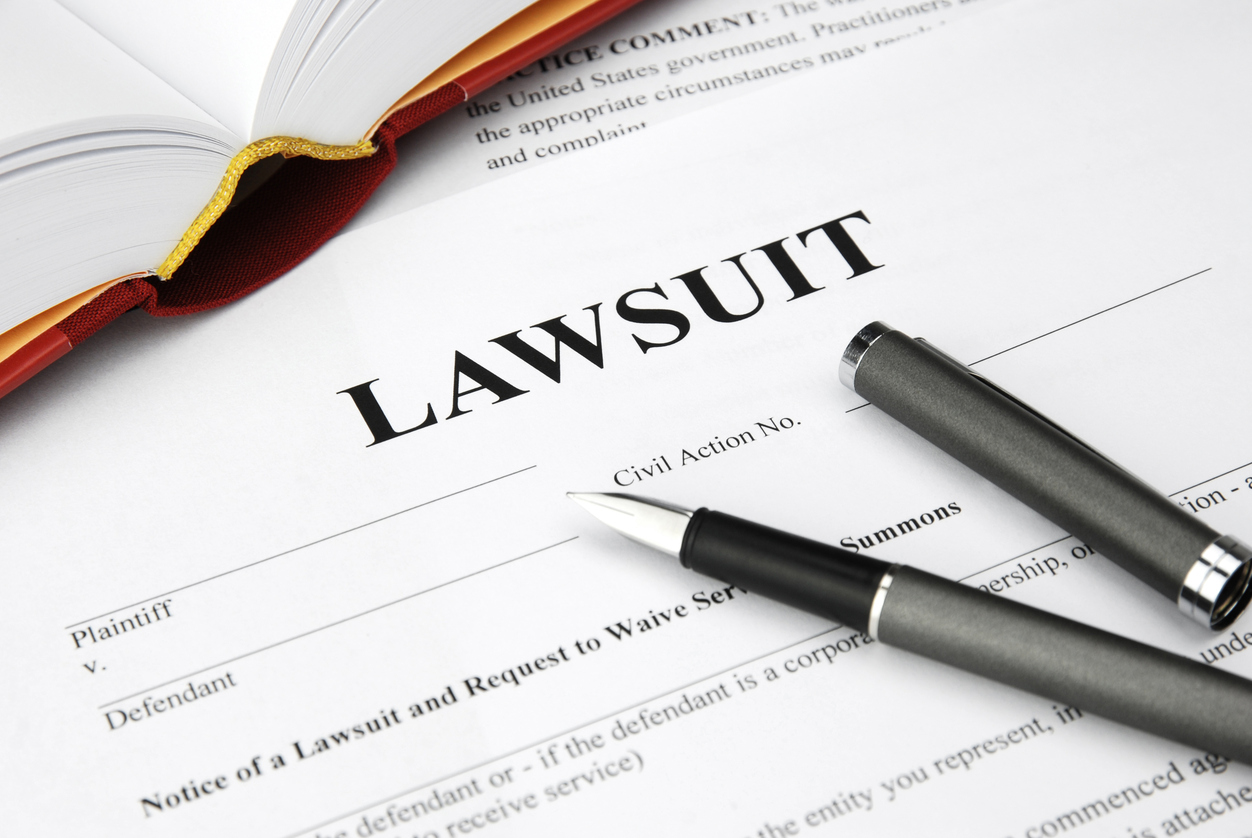Wells Fargo agreed to pay shareholders $1 billion to settle a class-action lawsuit that accused the bank of overstating its progress in cleaning up after its 2016 fake-accounts scandal.
The bank’s shareholders alleged Wells Fargo and its past leadership misled them about how swiftly they were fixing the governance issues and risk-management systems that failed to prevent the bank from opening up perhaps millions of phony accounts.
After the 2016 scandal led to a series of regulatory rebukes, the bank moved slower to address the problems than it suggested publicly, the plaintiffs alleged. When the sluggish pace became clear in 2020, the plaintiffs said, stock-price declines cost shareholders, including mutual funds and pension funds.
The preliminary settlement, outlined in a court filing Monday night, still must be approved in the coming months. It would likely be the 17th-largest settlement in a class action brought by shareholders, according to the filing.
“Wells Fargo betrayed the trust of Rhode Island pensioners and now is rightly facing consequences because of that,” James A. Diossa, general treasurer of Rhode Island, whose pension fund is a co-lead plaintiff in the case, said in a statement.
A spokeswoman for the bank said the agreement resolves a lawsuit “involving the company and several former executives and a director, who have not been with the company for several years. While we disagree with the allegations in this case, we are pleased to have resolved this matter.”
Wells Fargo is still trying to get its house in order and appease regulators. The bank has been operating under a growth cap imposed by the Federal Reserve more than five years ago because it didn’t have adequate governance and controls.
The fake-accounts scandal invited intense regulatory scrutiny that revealed wide-ranging problems with the bank’s systems for overseeing risk. Wells Fargo is still rebuilding them to make sure it has proper oversight to prevent customers from being harmed when they are doing business with the bank.
Wells Fargo in recent months has set aside billions of additional dollars to resolve litigation and regulatory matters, and to compensate customers for wrongdoing tied to its scandals.
In December, the bank entered into a $3.7 billion agreement with the Consumer Financial Protection Bureau to resolve allegations that its actions harmed more than 16 million people with deposit accounts, auto loans and mortgages.
It paid $300 million in February to settle a class action claiming it improperly charged hundreds of thousands of customers for unneeded auto insurance.
The shareholder class action focuses on a period between 2018 and 2020, after many of the bank’s problems had been identified but before they had been fixed. The lawsuit alleges that over the two-year period, the bank gave investors the impression that it was moving quickly to tackle regulators’ orders and was far along in the process.
But in early 2020, the U.S. House of Representatives released a series of internal bank communications that suggested senior leadership knew the bank was failing to comply with the orders, the lawsuit said.
Shareholders claimed that those reports, which were published around the time leadership was scheduled to testify before Congress, proved that the bank was making false and misleading statements about its compliance with the regulatory orders.
The shareholders sued later that year. A judge denied the defendants’ motion to dismiss in 2021, and the parties entered into private mediation at the beginning of this year. The judge overseeing the mediation suggested the $1 billion settlement figure, according to the Monday evening court filing.
The filing acknowledged that if the case had gone to trial, the plaintiffs faced significant obstacles in proving their claims. One challenge was that the plaintiffs had pinned their case partly on drops in stock prices in March 2020, when the entire market was sinking because the pandemic was shutting down the economy.
Wells Fargo chief Charlie Scharf has said he was surprised by the scope of the remaining fix-it work when he became CEO in 2019. In his annual letter to shareholders this year, he wrote that this work “takes years when managed effectively, and we were not as far along as I had expected when I arrived.”













